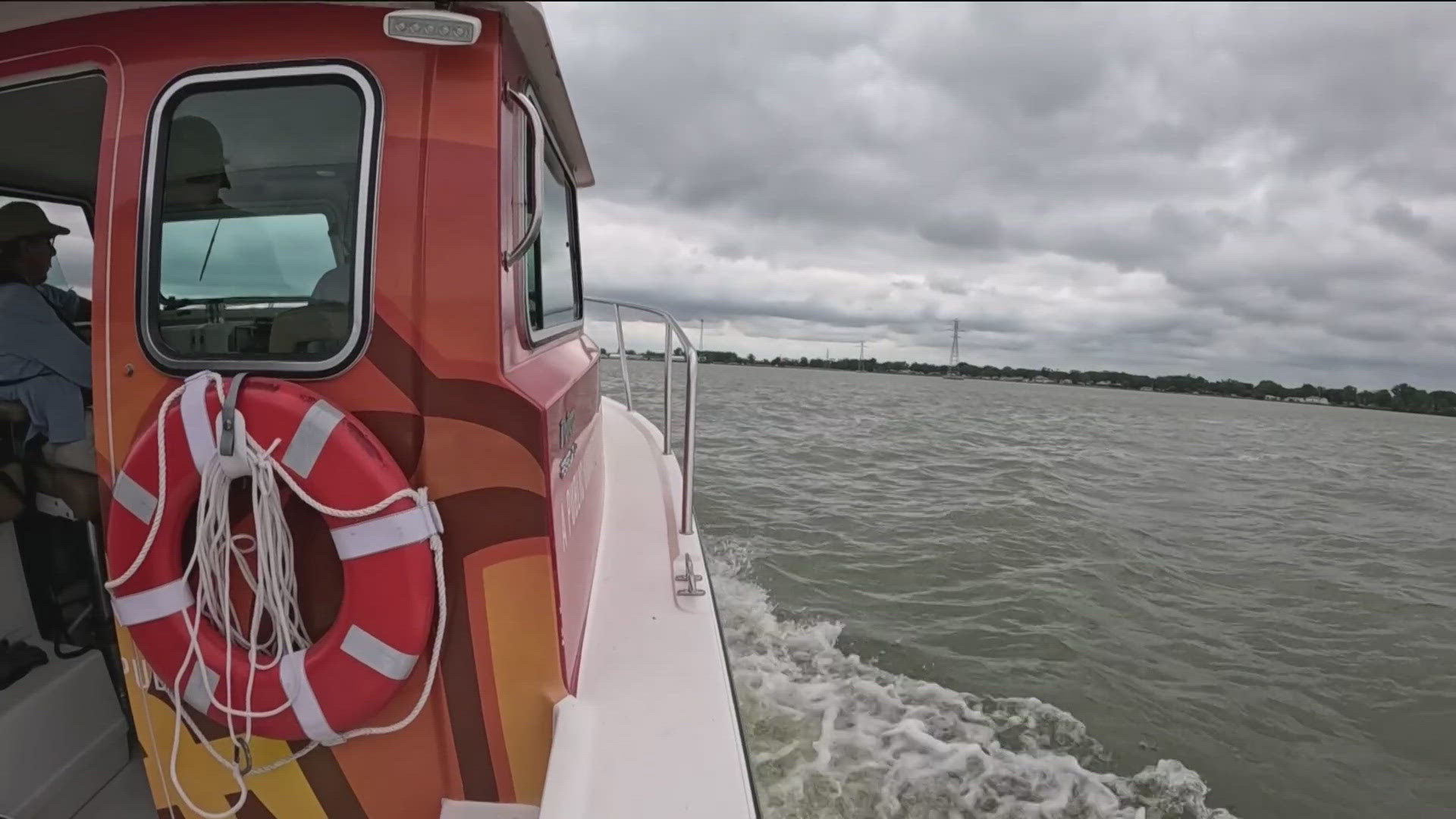SANDUSKY, Ohio —
In the decade since the Toledo water crisis, there have been changes to the water treatment plant, new research and an increased concern for protecting Lake Erie's health.
Bowling Green State University researchers and students have done a lot of work in Sandusky Bay, but it all goes toward improving lake health and trying to learn more about toxic algal blooms.
For the past ten years, BGSU has been funded by the Ohio Department of Natural Resources to sample the bay weekly during the summer months to measure water quality. Researchers go to ten different sites throughout the bay to measure different indicators of lake health.
"We filter the water and look at water chemistry, what nutrients are present which will promote the growth of algae," BGSU professor emeritus of biology George Bullerjahn said. "We're also filtering water samples. We're getting microbes in the water concentrated so we can sequence all the DNA in the water to figure out who's there, what microbiomes are present."'
Bullerjahn said they measure cyanobacterial toxins which have been a problem in the past, but not as much after the removal of a dam near Fremont in 2018.
"What we think has happened, the Ballville Reservoir behind the dam is actually an incubator for planktothrix, which was then coming down the river and seeding the bay," Bullerjahn said. "If you remove the dam, it improves water movement. That reservoir of planktothrix is gone and replaced by more benign algae so toxins levels are now virtually zero."
Bullerjahn said the water sill may appear green, but it's from chlorophyll. He said the quality of the water is much better, but the Western Lake Erie Basin hasn't seen the same type of change over the past few years.
"Nutrient levels have not changed enough to yield a situation where the blooms have become reduced," Bullerjahn said.
He said the toxic cyanobacteria that grows in Sandusky Bay is different than the ones that grown in the Western Lake Erie Basin. The different cyanobacteria need different nutrients, like phosphate and nitrogen, to grow.
Although the work BGSU is doing in Sandusky Bay cannot be directly applied to the Western Lake Erie Basin, Bullerjahn said to see change it might come down to government officials.
"The ugly word 'regulation,'" Bullerjahn said. "It may involve the regulation of nutrient sources in the future."
He said this change will not happen quickly, and the nutrients being put into the lake are a long-term problem.
For now, Bullerjahn and other researchers will continue to learn more about cyanobacteria and how to keep our water safe.
WTOL 11: PROTECTING OUR WATER

